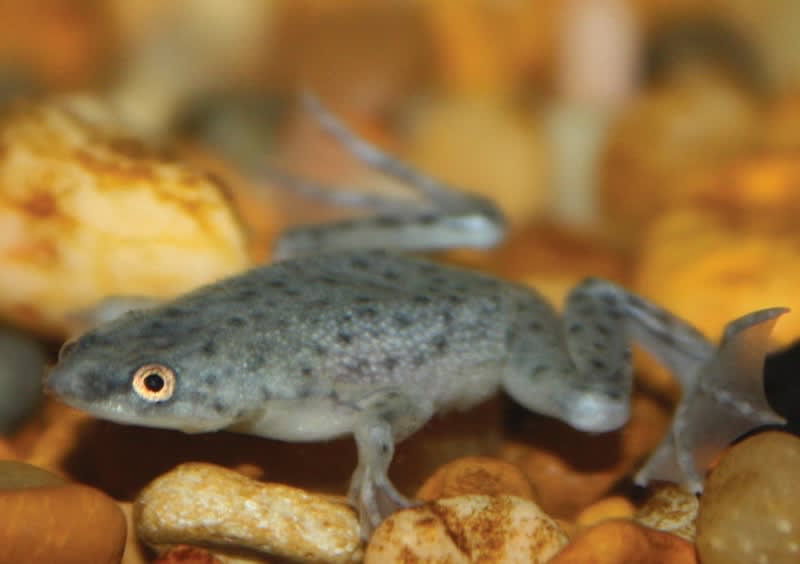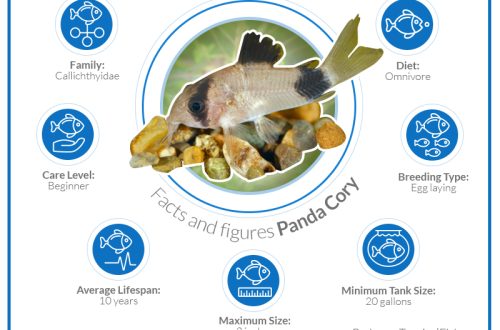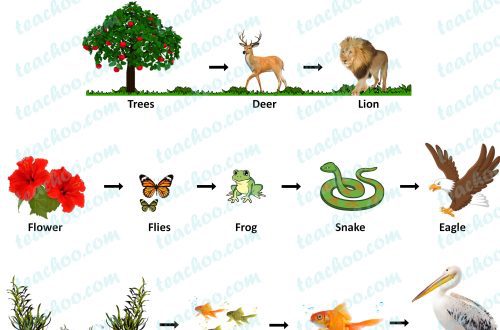
Aquarium frogs at home: varieties, features of maintenance and care, diet and possible diseases
Many aquarium owners have long been tired of standard snails, algae and fish. They are attracted by the exotic or the desire to completely change the concept of the aquarium. There are many options for such situations. The most original way to diversify the aquarium world is to get decorative frogs. Of course, these are not those huge amphibians that live in ponds and small reservoirs. Aquarium frogs are much smaller in size. Their homeland is Africa. Before buying new inhabitants of a small world, you should create all the necessary conditions for their existence. To do this, you need to learn everything about the features of keeping these aquarium residents.
Contents
Varieties
At the moment, only two types of aquarium frogs are known:
- xenopus;
- hymenochirus.
Xenopus is a smooth clawed frog that has long been learned to breed in captivity. Hymenochirus is a dwarf frog that has become popular not so long ago. The adults of these species are very different from each other. This is manifested not only in appearance and habits, but there are significant differences in the features of the content. In a pet store, animals are usually kept in the same aquarium. As a result, when selling, no one focuses on their species.
Features of each type
If there are pink or white frogs with red eyes in the aquarium, then these are clawed. In this case, the size of individuals does not matter. It is worth noting that this variety of albinos was bred artificially for laboratory experiments at the Moscow Institute of Biology.
If the frog is small and has an olive, brownish or grayish color, then in order to determine the species, it is worth paying special attention to the thickness of the limbs, as well as the length of the body, the presence of webs on the front paws between the fingers and the sharpness of the muzzle. Spurred aquarium frogs, which have a wild color, are denser. Such individuals have thick paws with bandages, like a child. They also have no membranes and a rounded muzzle. The spur can grow up to 12 cm.
As for hymenochirus, this species, on the contrary, has slender and long legs. In individuals of this species, the muzzle is more pointed. It is worth noting that the length of the body of an adult is no more than 4 cm.
soil and water
To make the animal feel comfortable in the aquarium, it is worth create all the optimal conditions for this. There are certain rules that must be observed, because such an aquarium inhabitant has its own characteristics. The frog likes to hide in the ground. As a result, water is polluted much more often than with fish. There are only two ways out in this case: change the water more often or install a more powerful filter. Such measures will prevent the appearance of an unpleasant odor, as well as siltation of the aquarium.
Also, do not use self-collected sand and stones. This can upset the biological balance. It is better to use a special aquarium soil. Such a mixture can only be bought in a specialized store.
What should be the plants?
To create the perfect aquarium world for exotic residents, you need to choose the right plants. For the maintenance of such pets it is worth choosing large specimens, which have strong roots, a thick stem, as well as large leaves. After all, the animal will certainly begin to dig up the plants. A powerful root system simply will not allow it to be pulled out of the ground. Cryptocorynes, water lilies and echinodorus are best suited.
So that the frog does not harm the plants during the game, their stems should be strengthened with large stones. You can also install aquarium accessories such as driftwood or ceramic shards. After all, such a pet cannot do without shelter.
Who does the frog get along with?
This aquarium inhabitant is very voracious. For this reason do not put frogs with small fish, since such a neighborhood can end badly. It is best to choose those fish that simply do not fit in the mouth of an amphibian. So, you should not add guppies, neons, as well as small fry to this animal.
Spur frog and fish
The clawed frog should not be placed in the same aquarium with fish. She absorbs everything that enters her mouth. Individuals of this species are able to completely dig up the soil, lime most of the plants, and also move aquarium decorations.
This variety doesn’t like fresh water with normal flow. While many fish simply do not tolerate swamps.
The only advantage of the proximity of the clawed frog with fish is the ability of the frog’s skin mucus to have a healing effect on sick fish. It is worth noting that this substance contains a large amount of antimicrobial substances. Of course, such an argument is not a serious reason for such a neighborhood, since aquarium pharmacology is well developed. If you need to cure the fish and there is no desire to resort to chemistry, then it can be placed in a small container with water, where the clawed frog was located for a certain time.
What should be fed?
The frog’s favorite dish is bloodworm. Also, the amphibian will not refuse to eat daphnia, tadpoles, earthworms. However experts do not recommend feeding a frog with a tubifexbecause a huge amount of harmful substances accumulate in his body, which eventually lead to liver diseases. It is worth noting that the frog perfectly eats finely chopped fish and meat.
Protection
The aquarium where the water frog will live must be covered with transparent glass. Otherwise, she will simply jump out of it, and then die, having lost her usual habitat. Besides glass should be equipped with holesBecause frogs need oxygen. This inhabitant of the aquarium breathes, swallowing air on the surface of the water.
frog diseases
Like any living creature, a frog, even an aquarium one, can get sick. Most often they have the following problems:
- nematode infection. If there is this disease, the skin of the frog turns gray, begins to flake off and peel off. The frog loses weight very quickly. If you carefully scrape the skin, you can see small worms, only a few millimeters long;
- fungal diseases. Most often, damaged areas of the skin are affected. They form a plaque resembling cotton wool. Gradually he can spread throughout the body animal;
- red paw. In this case, the disease is manifested by dark red hemorrhages on the muzzle and legs of the animal. The disease is a bacterial infection;
- dropsy. This disease also applies to bacterial infections. Signs of this disease are the swollen body of the frog. The body of the animal gradually swells. As a result, it can become spherical.
If any of the listed diseases occurs, those drugs that are intended for aquarium tropical fish are used. In this case, the drug is selected in accordance with the pathogen. It can be an antibacterial, antifungal or anthelmintic drug. In addition, the sick frog is isolated from the rest. Often with dropsy, a puncture of the skin is made. This gives a positive result in the treatment of the disease.





